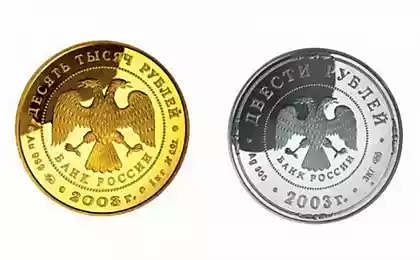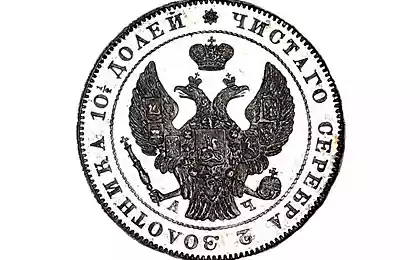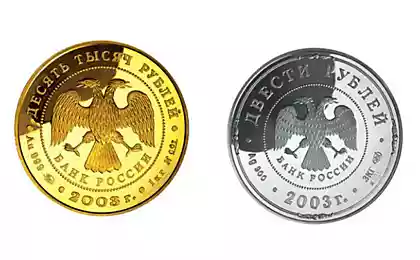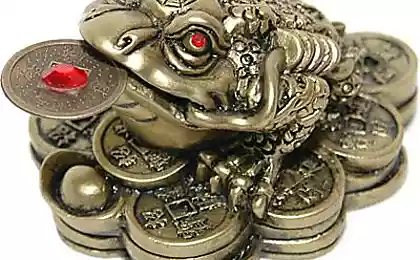2037
In Africa, found rare ancient Chinese coins

American archaeologist with Kenyan roots literally unearthed on the island of Manda on Kenya's coast is evidence of Chinese trade relations with East Africa, the beginning of which he referred to the 1400 th years. n. e
Professor Chapuruha Kusimba, curator of the Field Museum of Natural History in Chicago, unveiled the results of excavations that began on 18 December last year on Manda Island in the Lamu and will end January 25 this year. He said that during excavations were found rare Chinese coins of the Ming Dynasty, which is believed to be in circulation between 1406 and 1426 years, during the reign of the Chinese Emperor Yongle.
"The observed findings are of great historical significance. Our colleagues in China have already determined the dating of coins, and we are all delighted with the find. Soon will be conducted radiocarbon analysis "- said the anthropologist.
In addition, he said: "The coin was issued one of the imperial mints for treatment as the standard currency of Emperor Zhu Di, who sent his eunuch admiral Zheng He to explore the Indian Ocean - and it's amazing that we have found an artifact that suggests that he reached Kenya ».
Speaking to reporters, Professor Kusimba reported that the results of research in Manda forced scientists to reconsider the idea that migration is a major catalyst for regional and cultural transformations.

This is a rare 600-year-old Chinese coin, which scientists from Illinois found on the Kenyan island of Manda. Coin comprises copper and silver and has a square hole in the center, so it can be worn on a belt. Scientists say that this coin was issued by Emperor Zhu Di of China's Ming Dynasty, who reigned from 1406 to 1426 years. Photo from fieldmuseum.org
Around the "guilty" trade
Kenyan scientist leads a team of experts from five institutions involved in joint research on Manda Island. These include the Field Museum of Natural History in Chicago, University of Illinois, University of Pwani of Kallithea, and National Museum of Kenya.
Leading researchers in this group - Sloan Professor Williams of the University of Illinois, Professor Janet Monge of Pennsylvania, Professor Alan Morris of the University of Cape Town in South Africa, Professor Zhou Tiekveyn behalf of Sun Yat-sen University (Guangzhou) in China and Muhammad Mchulla from Fort Jesús, National Museum of Kenya, Mombasa. The group included students from the University of Pwani in Kilifi and Field Museum of Natural History in Chicago.
Kusimba reported that the coins will be deposited in the National Museum of Kenya in Nairobi.
On-site findings, except for coins have been found human remains and a number of artifacts dating from the same period as the coins. They will be subjected to careful scrutiny.
Kusimba explained that at the end of the work it became clear that it was trade played an important role in the development of Manda. Trade was able to combine different manners peoples and communities in a network of relationships that had a huge impact on everyday life.
"Archaeologists and historians have received documentary evidence of biological, cultural, linguistic, trade and transport links between the cultures, which can be traced far beyond the Middle Holocene" - he says.
The scientist said he hoped that the results will play a crucial role in determining the mechanism of market exchange and centralized urban economy, and that their study can be used as a supplement to the biological, linguistic and historical methodology.
Kusimba students and the Field Museum of Natural History in Chicago arrive in the US on Thursday, but promised to return, "because studies have not yet finished."
For the first time in the history of mankind has left the solar system
NASA satellite to obtain detailed images of places fall GRAIL probes on the Moon























